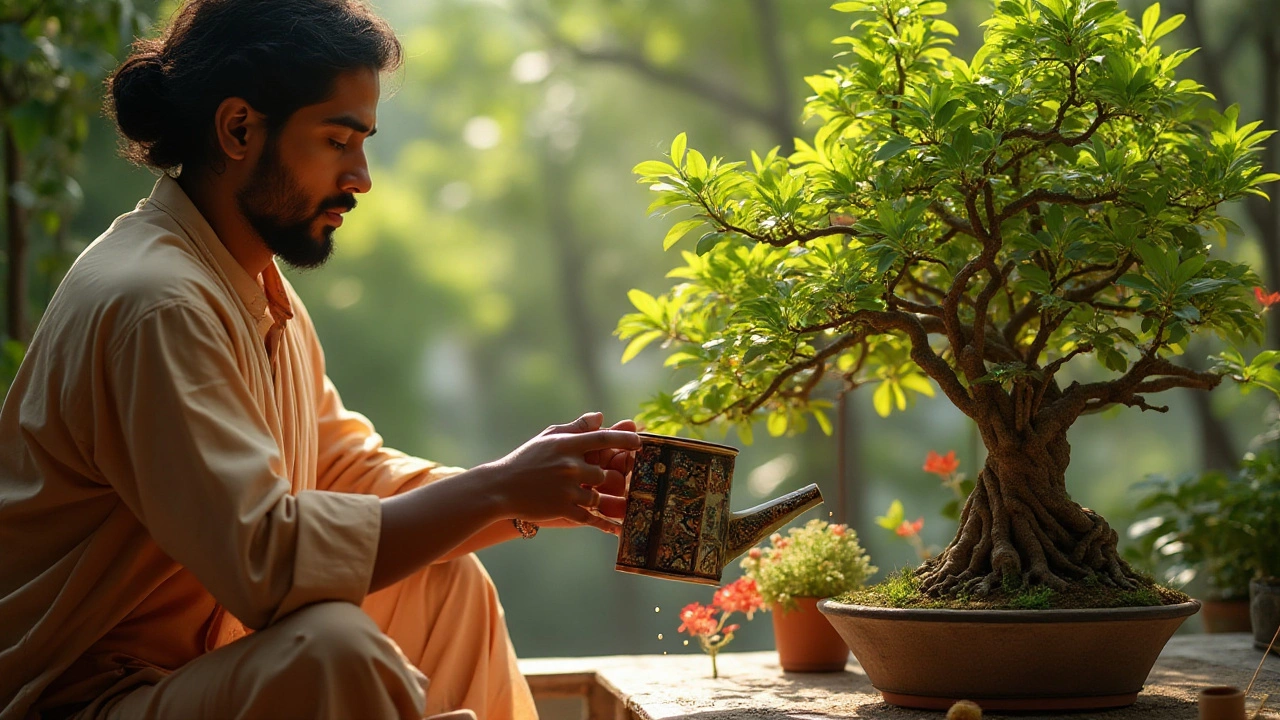Understanding the proper watering techniques for a bonsai tree is essential for its health and beauty. This article provides a comprehensive guide on how often to water your bonsai, taking into account factors such as species, climate, and container type. With practical tips and interesting facts, bonsai enthusiasts can refine their skills to ensure their miniature trees thrive. Discover the art of bonsai watering and achieve a lush, vibrant display.
Bonsai Maintenance: Care Tips, Common Mistakes, and How to Keep Your Mini Tree Thriving
When you bring home a bonsai, a carefully trained miniature tree grown in a container using traditional Japanese techniques. Also known as penjing, it’s not just a plant—it’s a living sculpture that demands attention, not just affection. Many people think bonsai are high-maintenance luxuries, but the truth is they’re simpler than most houseplants—if you know the basics. The biggest mistake? Treating them like regular potted plants. Bonsai need consistent, targeted care because their roots are confined, their soil dries fast, and their shape is always evolving.
Bonsai pruning, the regular trimming of branches and roots to control growth and maintain form is the heart of bonsai maintenance. You can’t just wait for it to look messy—you need to check every few weeks. In India’s warm climate, many bonsai species like Ficus and Juniper grow quickly, so skipping pruning leads to leggy, unbalanced trees. Then there’s bonsai watering, the precise act of hydrating without drowning, since bonsai pots drain faster than regular pots. Most people either overwater (leading to root rot) or underwater (causing leaf drop). The fix? Stick your finger in the soil—water only when the top inch feels dry. No schedule. No guesswork.
Soil matters too. Regular garden soil will compact and kill your bonsai. You need a special mix—usually akadama, pumice, and lava rock—that drains fast but holds just enough moisture. And don’t forget light. Most bonsai need bright, indirect sun. A south-facing balcony in Delhi works great in winter, but in summer, direct afternoon sun can scorch the leaves. That’s why many Indian gardeners keep theirs under shade nets or near windows with filtered light.
You’ll find posts here that cover exactly these topics: how to fix a dying bonsai after neglect, which tools actually work for pruning in Indian homes, how to adjust care during monsoons, and why some bonsai lose leaves when moved indoors. These aren’t theory pages—they’re real fixes from people who’ve been there. Whether you’re holding your first bonsai or have one that’s been in your living room for years, the advice below will help you stop guessing and start growing.
